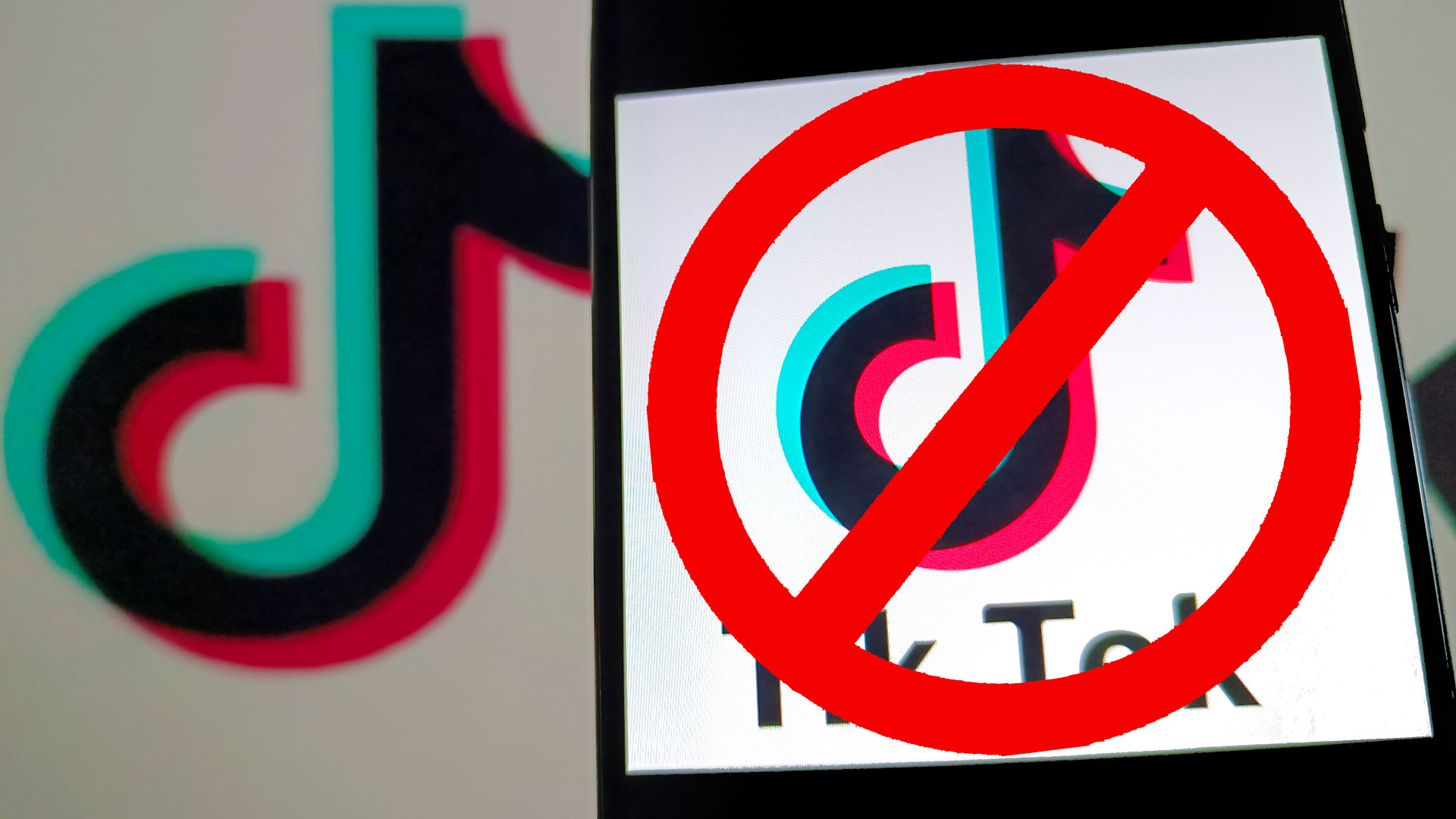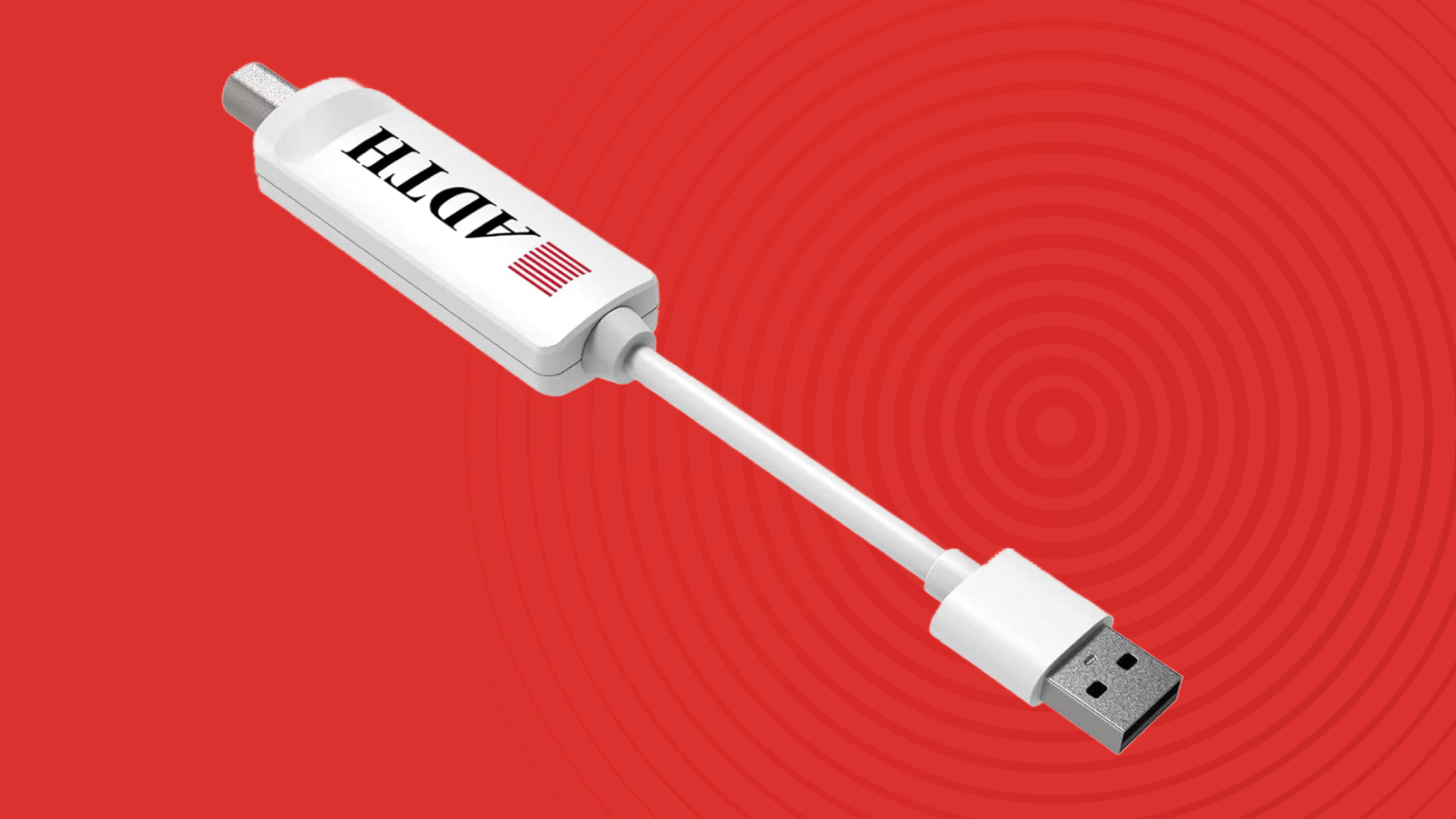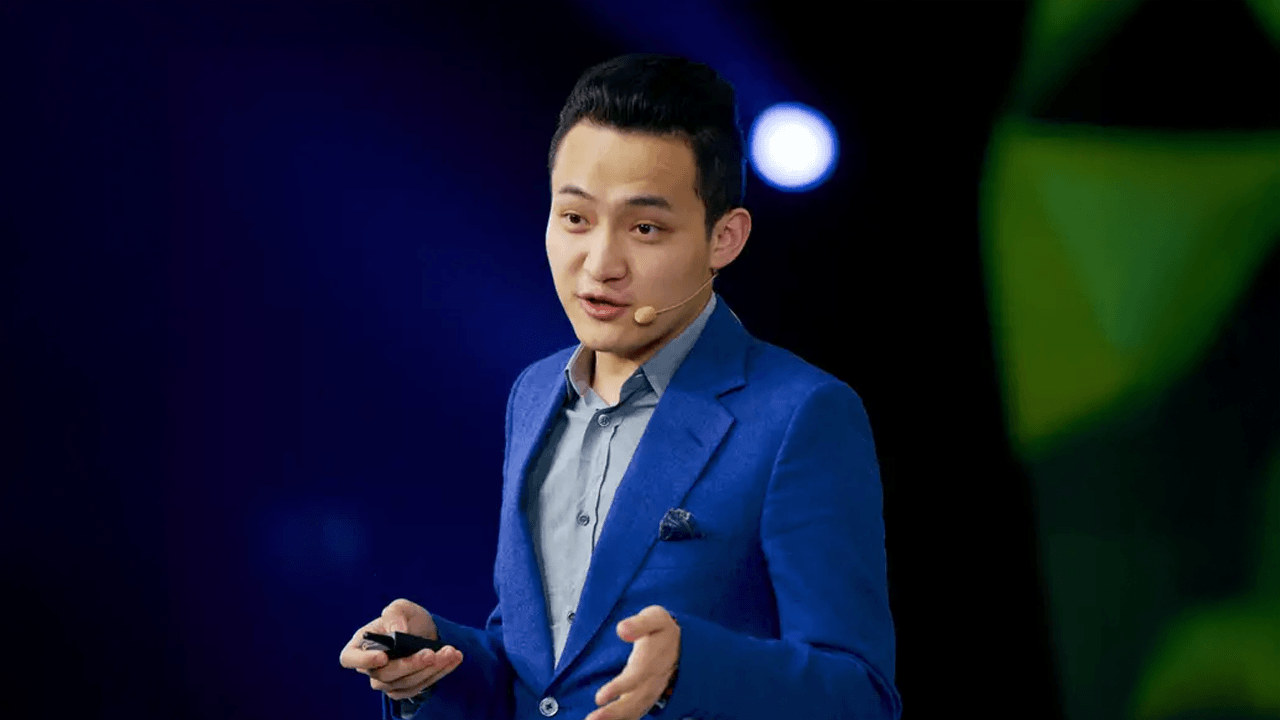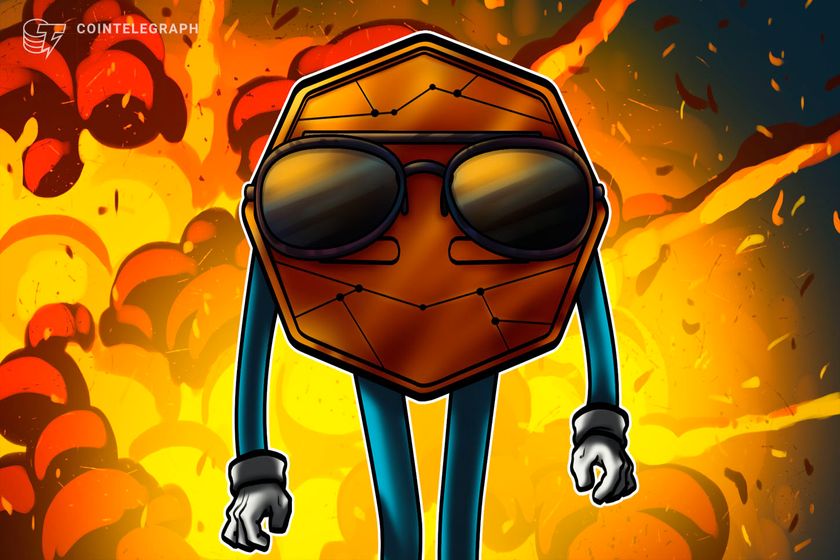Quantum Key Distribution (QKD)—The Future of Secure Communication
When Will Quantum Computers Pose a Threat? Currently, quantum computers lack the requisite size and stability to decrypt CA certificates. Experts project that a fault-tolerant quantum computer possessing millions of qubits might compromise RSA-2048 within one to two decades. A quantum computer with 4,000+ logical qubits and 20 million physical qubits would require a few hours of computation to decrypt RSA-2048. IBM's Eagle (127 qubits) and Google's Sycamore (53 qubits) are still far from the necessary scale. How Quantum Computers Can Crack CA Certificates CA certificates rely on public-key cryptography, which is based on hard-to-solve mathematical problems. The two most common algorithms used in CA certificates are: RSA (Rivest-Shamir-Adleman) Security is based on the complexity of factoring large prime numbers. A 2048-bit RSA key would take thousands of years for a classical computer to crack but could be broken in hours or days by a sufficiently powerful quantum computer using Shor’s algorithm. Elliptic Curve Cryptography (ECC) Security is based on the ECC logarithm problem. A classical computer takes exponential time to solve it, but Shor’s algorithm can solve it in polynomial time, making ECC vulnerable. How to Defend Against Quantum Attacks Post-Quantum Cryptography (PQC) Several new encryption algorithms resistant to quantum attacks are being developed, including: Lattice-based cryptography (e.g., Kyber, Dilithium) Hash-based cryptography Code-based cryptography Hybrid Cryptography Combining classical and quantum-safe encryption to facilitate a gradual migration. Quantum Key Distribution (QKD) QKD creates encryption keys that cannot be intercepted using quantum mechanics. Upgrading CA Infrastructure Organizations need to transition to quantum-safe certificates to ensure future security. How QKD Works Quantum Key Distribution (QKD) allows two parties to securely exchange encryption keys using quantum mechanics. This process involves the following steps: Key Generation Using Quantum States Tom sends a random sequence of quantum bits (qubits) encoded in polarized photons to Jerry. These photons are transmitted over an optical fiber or through free space. Measurement by Jerry Jerry measures the received photons using randomly chosen bases (e.g., rectilinear or diagonal polarization). Due to the no-cloning theorem, quantum states cannot be copied, preventing eavesdropping. Eavesdropping Detection If an eavesdropper attempts to intercept the qubits, the system is disturbed (Heisenberg Uncertainty Principle), introducing detectable errors. Key Reconciliation & Privacy Amplification Tom and Jerry compare their bits over a public channel. If the error rate is low, they discard compromised bits and perform privacy amplification to generate a final secure key. Encryption & Secure Communication The final key is used in a one-time pad (OTP) or a quantum-safe encryption scheme for secure communication. Why is QKD Unbreakable? No-Cloning Theorem: An eavesdropper cannot copy quantum states without altering them. Quantum Entanglement: Some QKD protocols use entanglement, where any tampering destroys coherence. Real-Time Eavesdropping Detection: Any interception introduces errors, making security breaches immediately noticeable. QKD Protocols BB84 (Bennett & Brassard 1984) – The first and most widely used QKD protocol. E91 (Ekert 1991) – Uses quantum entanglement to establish security. B92 (Bennett 1992) – A simpler alternative to BB84 with fewer states. The Future of QKD Quantum Internet: QKD will play a crucial role in future global quantum networks. Satellite-Based QKD: Overcomes distance limitations by using satellites instead of fiber optics. Post-Quantum Cryptography (PQC) + QKD: A hybrid approach combining classical and quantum security for a seamless transition. BB84 QKD Simulation in Python Since quantum communication requires specialized hardware, we simulate the BB84 protocol using Qiskit. Install Qiskit: pip install qiskit Python Code for BB84 QKD Simulation import numpy as np from qiskit import QuantumCircuit, Aer, execute def generate_random_bits(n): return np.random.randint(2, size=n) def generate_random_bases(n): return np.random.randint(2, size=n) def prepare_qubits(bits, bases): qubits = [] for bit, base in zip(bits, bases): qc = QuantumCircuit(1, 1) if bit == 1: qc.x(0) if base == 1: qc.h(0) qubits.append(qc) return qubits def measure_qubits(qubits, bases): backend = Aer.get_backend("qasm_simulator") measured_bits = [] for qc, base in zip(qubits, bases): if base == 1: qc.h(0) qc.measure(0, 0) result = execute(qc, backend, shots
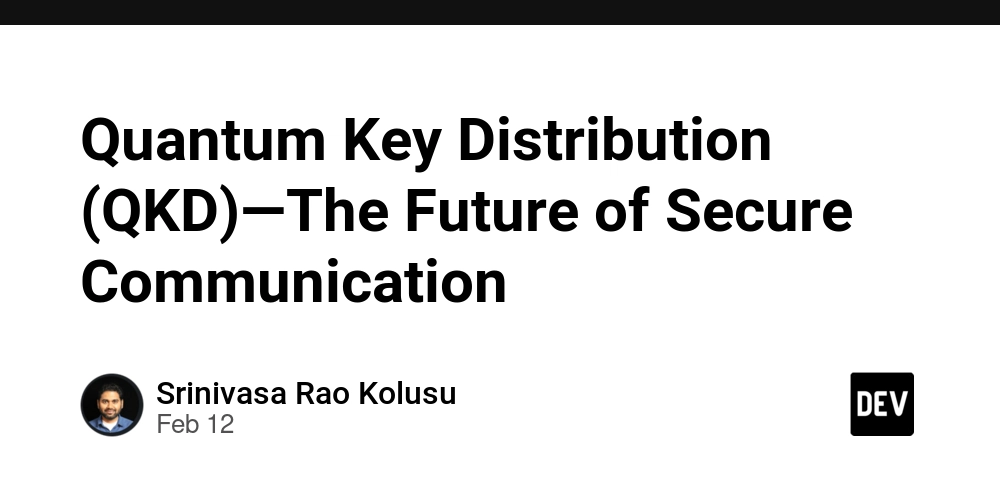
When Will Quantum Computers Pose a Threat?
Currently, quantum computers lack the requisite size and stability to decrypt CA certificates. Experts project that a fault-tolerant quantum computer possessing millions of qubits might compromise RSA-2048 within one to two decades. A quantum computer with 4,000+ logical qubits and 20 million physical qubits would require a few hours of computation to decrypt RSA-2048. IBM's Eagle (127 qubits) and Google's Sycamore (53 qubits) are still far from the necessary scale.
How Quantum Computers Can Crack CA Certificates
CA certificates rely on public-key cryptography, which is based on hard-to-solve mathematical problems. The two most common algorithms used in CA certificates are:
RSA (Rivest-Shamir-Adleman)
- Security is based on the complexity of factoring large prime numbers.
- A 2048-bit RSA key would take thousands of years for a classical computer to crack but could be broken in hours or days by a sufficiently powerful quantum computer using Shor’s algorithm.
Elliptic Curve Cryptography (ECC)
- Security is based on the ECC logarithm problem.
- A classical computer takes exponential time to solve it, but Shor’s algorithm can solve it in polynomial time, making ECC vulnerable.
How to Defend Against Quantum Attacks
Post-Quantum Cryptography (PQC)
Several new encryption algorithms resistant to quantum attacks are being developed, including:
- Lattice-based cryptography (e.g., Kyber, Dilithium)
- Hash-based cryptography
- Code-based cryptography
Hybrid Cryptography
Combining classical and quantum-safe encryption to facilitate a gradual migration.
Quantum Key Distribution (QKD)
QKD creates encryption keys that cannot be intercepted using quantum mechanics.
Upgrading CA Infrastructure
Organizations need to transition to quantum-safe certificates to ensure future security.
How QKD Works
Quantum Key Distribution (QKD) allows two parties to securely exchange encryption keys using quantum mechanics. This process involves the following steps:
-
Key Generation Using Quantum States
- Tom sends a random sequence of quantum bits (qubits) encoded in polarized photons to Jerry.
- These photons are transmitted over an optical fiber or through free space.
-
Measurement by Jerry
- Jerry measures the received photons using randomly chosen bases (e.g., rectilinear or diagonal polarization).
- Due to the no-cloning theorem, quantum states cannot be copied, preventing eavesdropping.
-
Eavesdropping Detection
- If an eavesdropper attempts to intercept the qubits, the system is disturbed (Heisenberg Uncertainty Principle), introducing detectable errors.
-
Key Reconciliation & Privacy Amplification
- Tom and Jerry compare their bits over a public channel.
- If the error rate is low, they discard compromised bits and perform privacy amplification to generate a final secure key.
-
Encryption & Secure Communication
- The final key is used in a one-time pad (OTP) or a quantum-safe encryption scheme for secure communication.
Why is QKD Unbreakable?
- No-Cloning Theorem: An eavesdropper cannot copy quantum states without altering them.
- Quantum Entanglement: Some QKD protocols use entanglement, where any tampering destroys coherence.
- Real-Time Eavesdropping Detection: Any interception introduces errors, making security breaches immediately noticeable.
QKD Protocols
- BB84 (Bennett & Brassard 1984) – The first and most widely used QKD protocol.
- E91 (Ekert 1991) – Uses quantum entanglement to establish security.
- B92 (Bennett 1992) – A simpler alternative to BB84 with fewer states.
The Future of QKD
- Quantum Internet: QKD will play a crucial role in future global quantum networks.
- Satellite-Based QKD: Overcomes distance limitations by using satellites instead of fiber optics.
- Post-Quantum Cryptography (PQC) + QKD: A hybrid approach combining classical and quantum security for a seamless transition.
BB84 QKD Simulation in Python
Since quantum communication requires specialized hardware, we simulate the BB84 protocol using Qiskit.
Install Qiskit:
pip install qiskit
Python Code for BB84 QKD Simulation
import numpy as np
from qiskit import QuantumCircuit, Aer, execute
def generate_random_bits(n):
return np.random.randint(2, size=n)
def generate_random_bases(n):
return np.random.randint(2, size=n)
def prepare_qubits(bits, bases):
qubits = []
for bit, base in zip(bits, bases):
qc = QuantumCircuit(1, 1)
if bit == 1:
qc.x(0)
if base == 1:
qc.h(0)
qubits.append(qc)
return qubits
def measure_qubits(qubits, bases):
backend = Aer.get_backend("qasm_simulator")
measured_bits = []
for qc, base in zip(qubits, bases):
if base == 1:
qc.h(0)
qc.measure(0, 0)
result = execute(qc, backend, shots=1).result()
measured_bit = int(list(result.get_counts().keys())[0])
measured_bits.append(measured_bit)
return measured_bits
def sift_key(tom_bits, tom_bases, jerry_bits, jerry_bases):
return [tom_bits[i] for i in range(len(tom_bits)) if tom_bases[i] == jerry_bases[i]]
n = 10
tom_bits = generate_random_bits(n)
tom_bases = generate_random_bases(n)
qubits = prepare_qubits(tom_bits, tom_bases)
jerry_bases = generate_random_bases(n)
jerry_bits = measure_qubits(qubits, jerry_bases)
key = sift_key(tom_bits, tom_bases, jerry_bits, jerry_bases)
print(f"Final Secret Key: {key}")
Sample Output
Final Secret Key: [1, 0, 0, 1, 1]
Conclusion
Classical encryption systems, especially those relying on RSA and ECC, face significant threats from quantum computing. Although current quantum computers lack the scale and stability to break RSA-2048, experts predict that fault-tolerant quantum machines with millions of qubits could achieve this within two decades.
To mitigate this risk, organizations must proactively adopt Post-Quantum Cryptography (PQC), including lattice-based, hash-based, or code-based encryption schemes. A gradual migration path is provided by hybrid cryptographic models, combining classical encryption with quantum-safe encryption.
Furthermore, Quantum Key Distribution (QKD) provides an unbreakable encryption method based on quantum mechanics. Integrating QKD with PQC and developing quantum-safe certificates will be crucial for securing future communication networks. Industries, governments, and security researchers must collaborate to ensure a seamless transition to quantum-resistant cryptographic standards as quantum technology advances.






















































.jpg)
%20Abstract%20Background%20112024%20SOURCE%20Amazon.jpg)


















































































































![[The AI Show Episode 142]: ChatGPT’s New Image Generator, Studio Ghibli Craze and Backlash, Gemini 2.5, OpenAI Academy, 4o Updates, Vibe Marketing & xAI Acquires X](https://www.marketingaiinstitute.com/hubfs/ep%20142%20cover.png)















































































































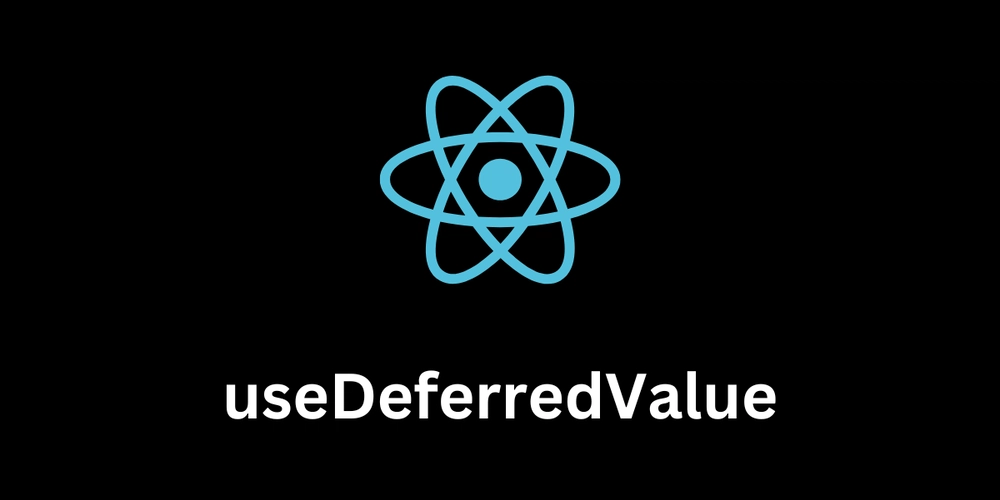
















![From drop-out to software architect with Jason Lengstorf [Podcast #167]](https://cdn.hashnode.com/res/hashnode/image/upload/v1743796461357/f3d19cd7-e6f5-4d7c-8bfc-eb974bc8da68.png?#)































































































































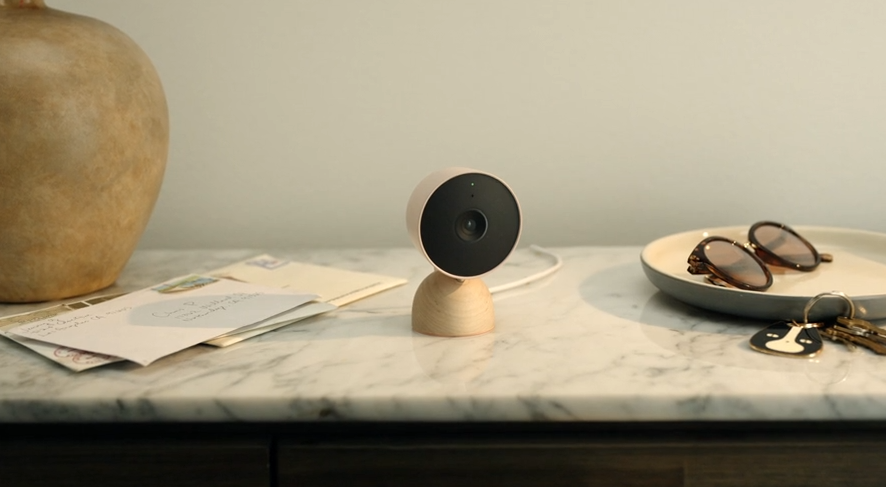

![Rapidus in Talks With Apple as It Accelerates Toward 2nm Chip Production [Report]](https://www.iclarified.com/images/news/96937/96937/96937-640.jpg)










_Christophe_Coat_Alamy.jpg?#)





































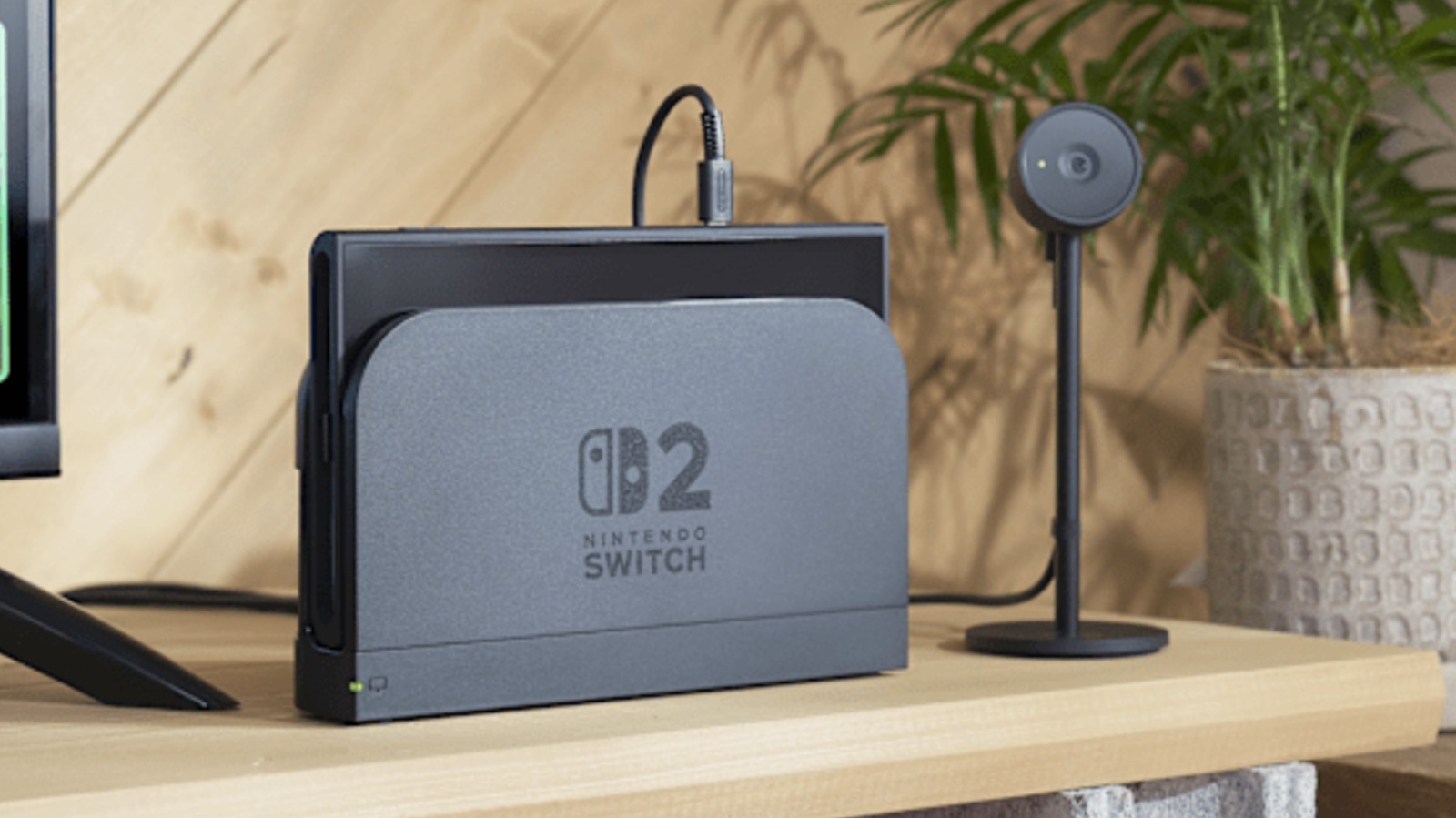

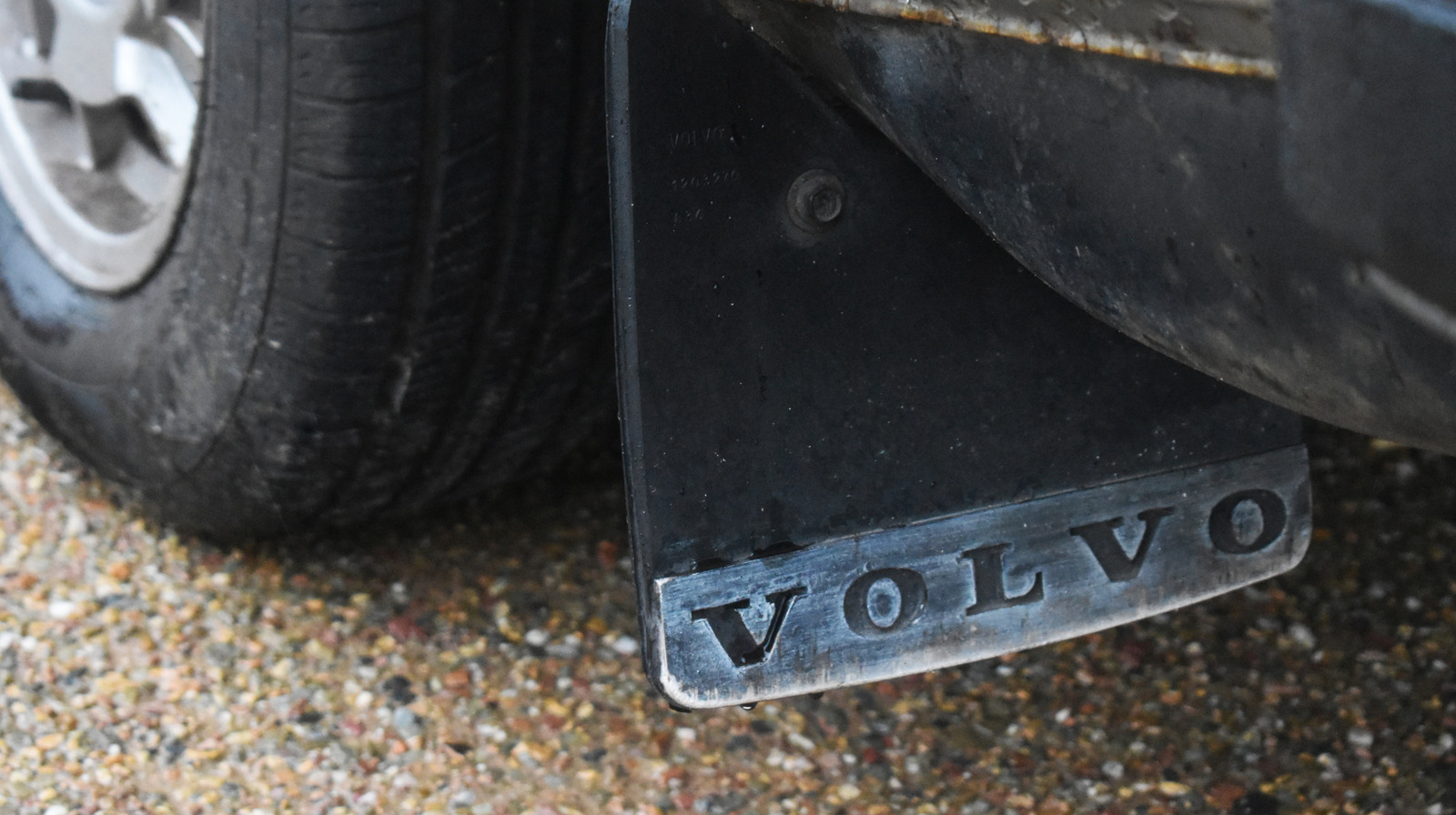
































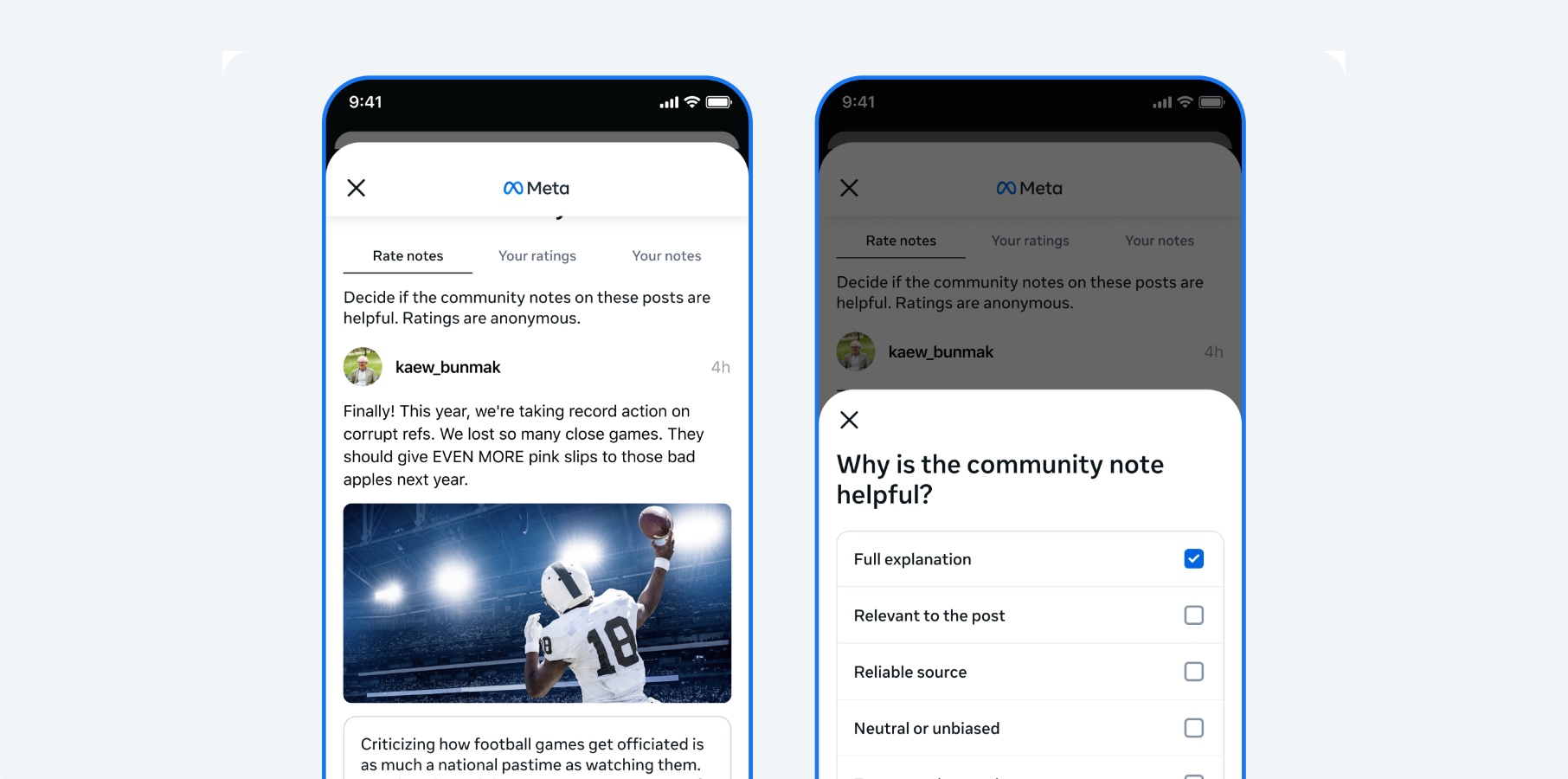


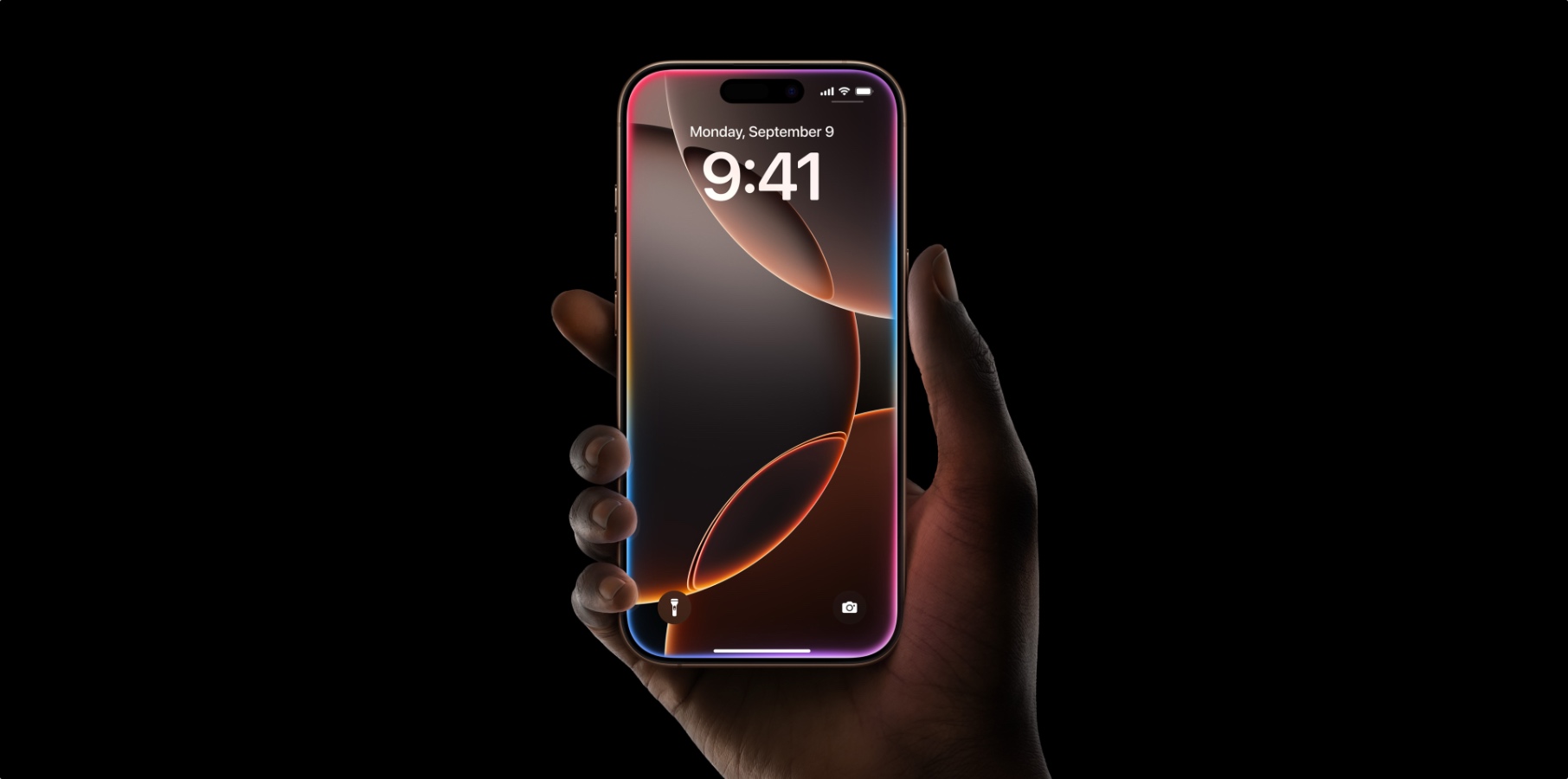


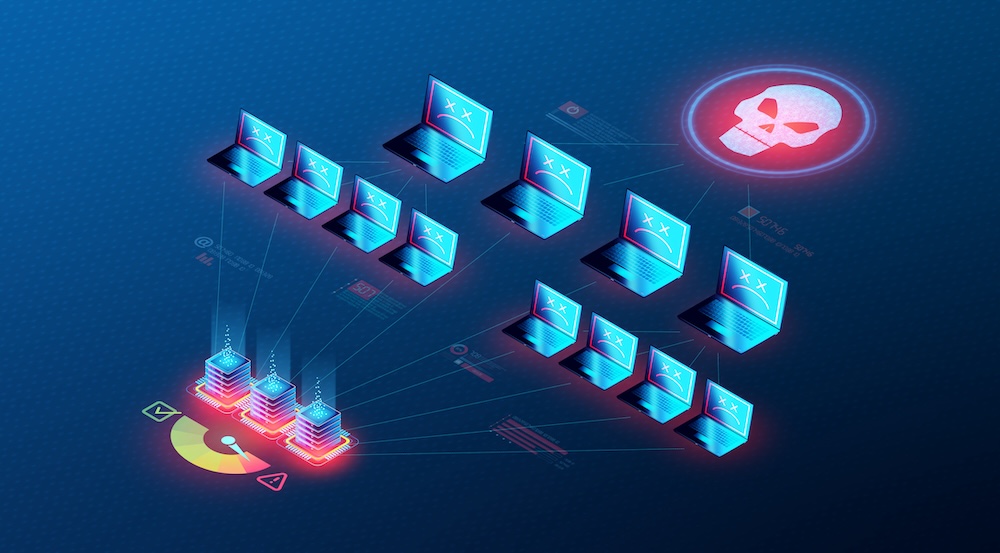
















![This is Apple’s unreleased 10th anniversary Apple Watch band [Gallery]](https://i0.wp.com/9to5mac.com/wp-content/uploads/sites/6/2025/04/apple-watch-celebration-band0000-2.jpg?resize=1200%2C628&quality=82&strip=all&ssl=1)
































